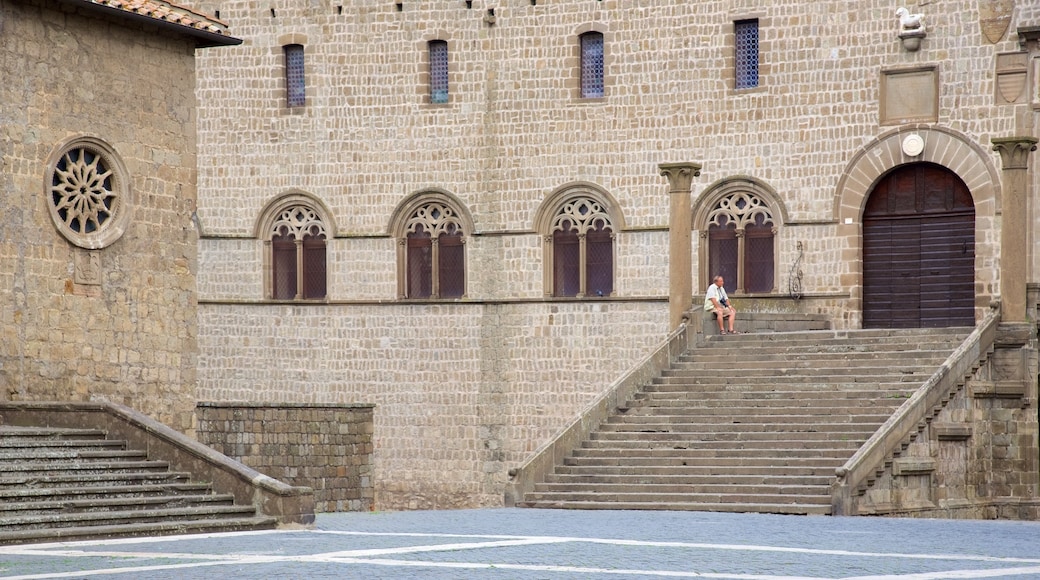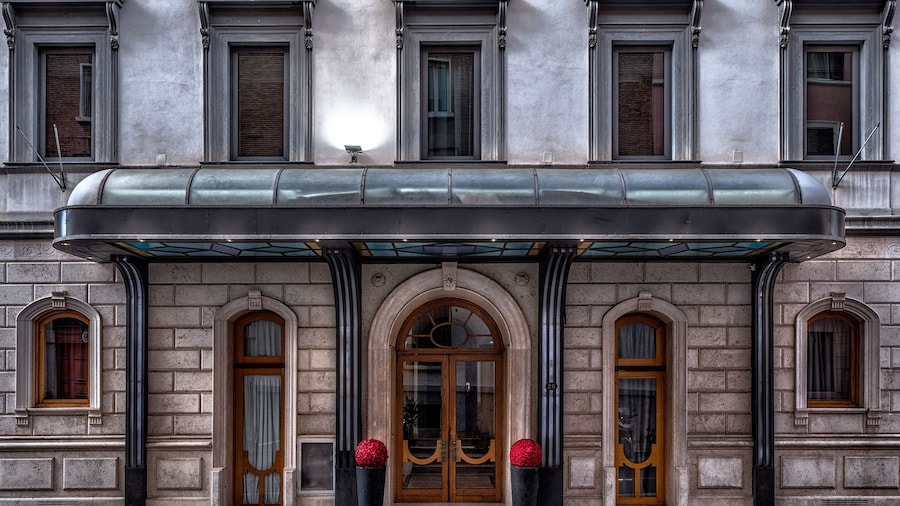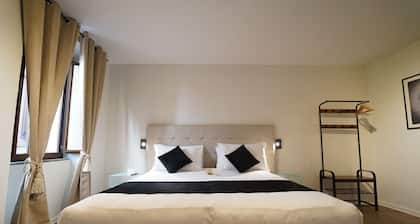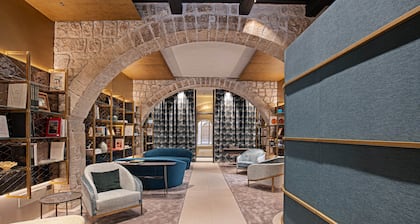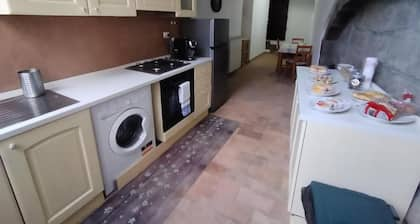Admire striking architectural features, spot sacred art and learn about Viterbo’s relationship with the Papal State at Palazzo dei Papi (Palace of the Popes). This majestic landmark dates back to the mid-1200s and was commissioned by Pope Alexander IV. He wanted to build a papal residence away from the antagonistic environment present in Rome at the time. Upon completion, the Palazzo dei Papi became the papal headquarters until 1281.
This architectural wonder overlooks the northern side of Piazza San Lorenzo. Stand in the piazza and marvel at the palace’s façade and entrance, both accessed via a monumental staircase. To the left of the main doorway is a collection of decorative arched windows. Running along the top of the palace walls is a medieval battlement.
Look to the right of the façade to see a grandiose roofless loggia, complete with seven arches. Note the intricate carvings, which represent papal insignia and the coat of arms of Viterbo, among other things. Behind the loggia is a courtyard with a lion-festooned fountain. Take a moment to appreciate the views of Viterbo’s city walls from the courtyard.
Make an advance request if you wish to see the palace’s Hall of the Conclave, where new popes were chosen. Here, from 1268, cardinals sat for almost 3 years before electing a new pope. Tired of waiting for a decision, Viterbo’s city officials locked the cardinals in the room, fed them bread and water only and even removed the roof. In another room you can see displays of frescoes and the coat of arms of Pope Clement VIII.
Palazzo dei Papi is located on the medieval Piazza San Lorenzo, to the west of Viterbo’s historic center. While here, visit the other landmarks and attractions set around the square. Admire the Romanesque design of Viterbo Cathedral. Spot exhibitions of archaeological objects and antique art at the Museo del Colle Duomo.
Palazzo dei Papi is open every day except Monday. Guided tours are available for a fee and include a visit to the palace and Viterbo Cathedral in addition to admission to the Museo del Colle Duomo.
